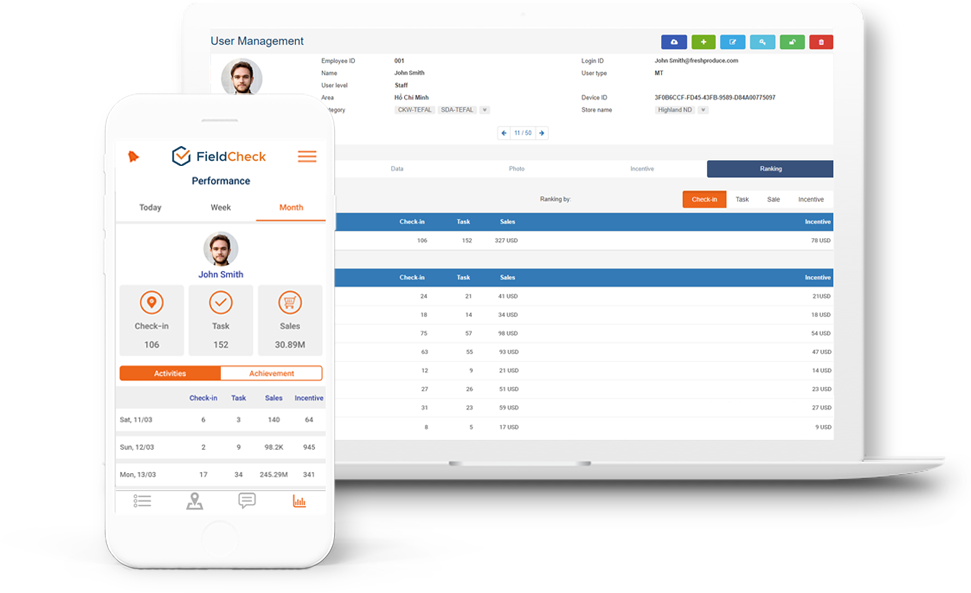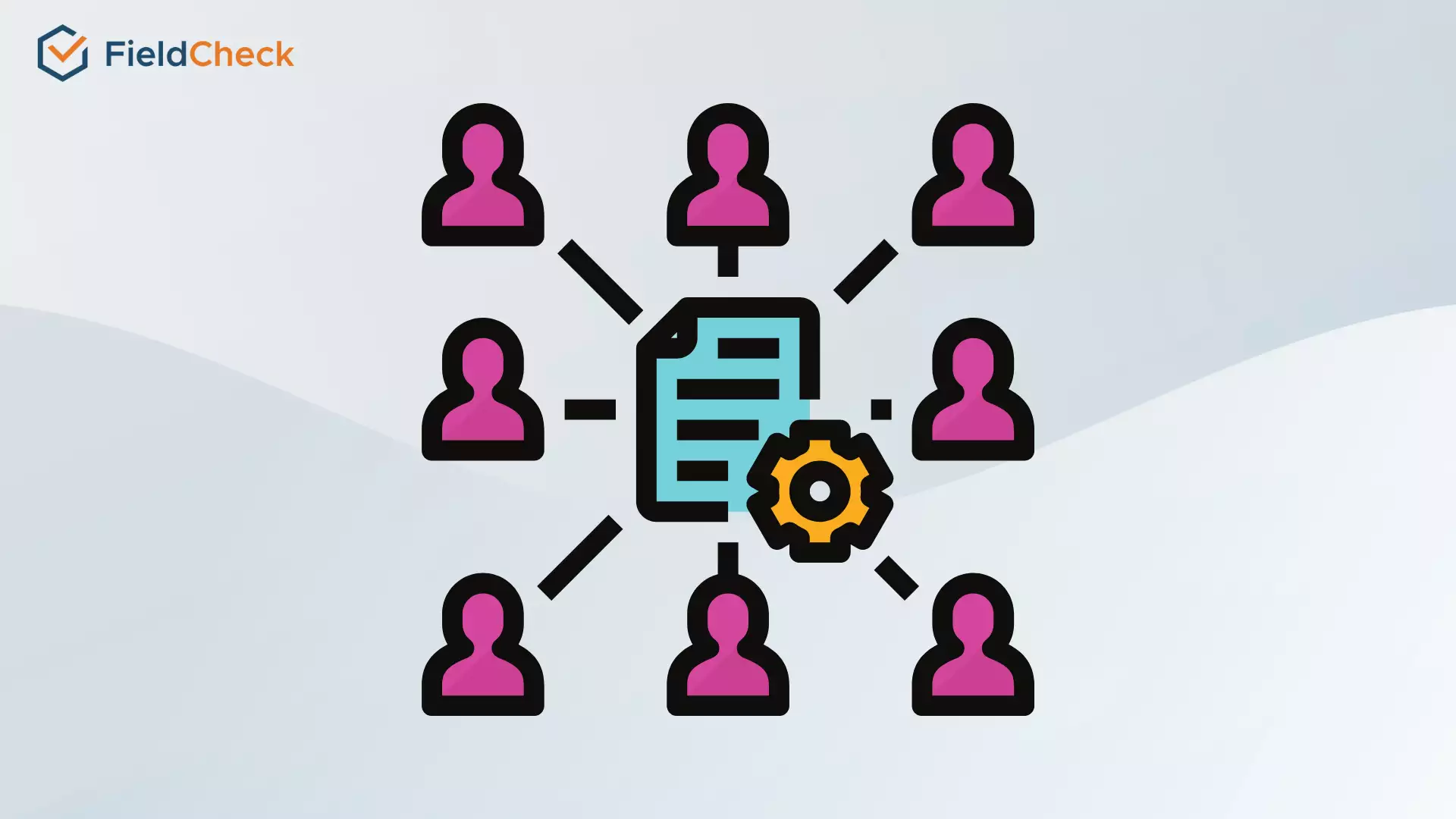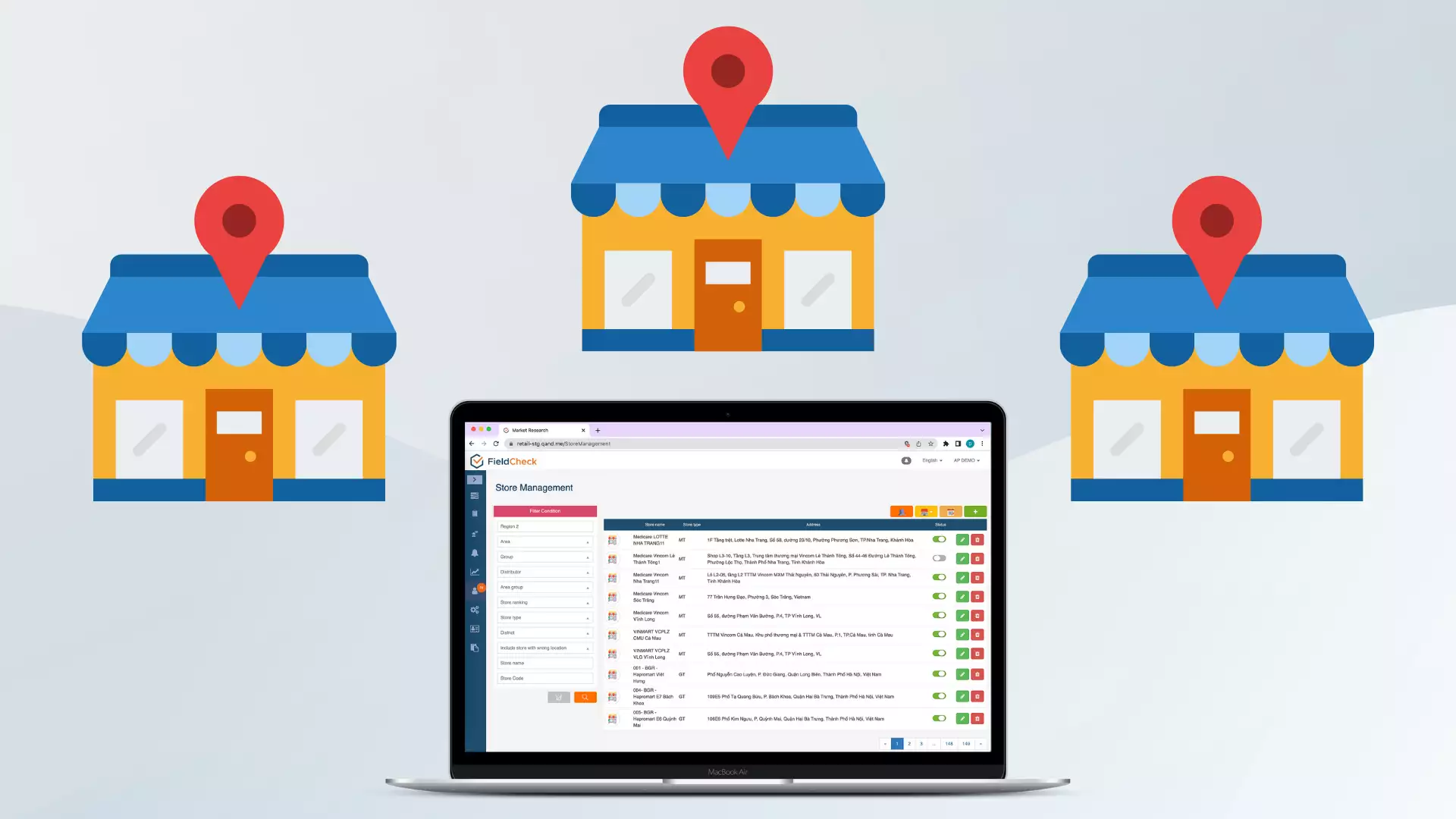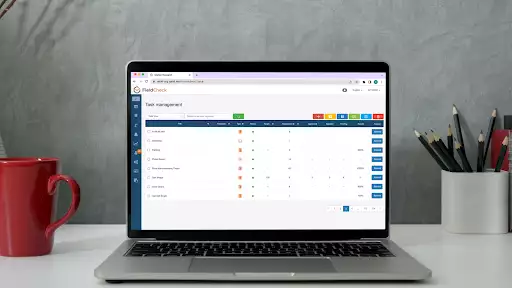What Is A SaaS Platform? The Benefits Of The Saas Platform Model For Vietnamese Businesses
SaaS software is no longer a new term to Vietnamese businesses in the current market. Many administrators still feel confused about the concept of the SaaS platform.
To help you out in understanding what this solution is and what its benefits, we have compiled a list of relevant factors. Are you tempted to explore? Let's get the ball rolling.
What Is SaaS?
SaaS or cloud computing is the model chosen by leading corporations in digital transformation. So what is SaaS - Software as a Service? Is this software considered as a service?
SaaS is an abbreviation for the term Software-as-a-Service. This type of cloud-based software-as-a-service stores data centrally over the Internet.
The SaaS model of software application service delivery is chosen by many businesses to optimize operation and management processes. Some of the familiar SaaS applications in the market include:
- Web-based software
- On-demand software
- Hosted software

SaaS software is widely applied in businesses (According to BetterCloud)
Software as a Service - SaaS stores applications in the cloud and makes them available to customers over the Internet. In this model, an independent software vendor (ISV) could contract with a third party (cloud provider) to host the application.
Besides, software suppliers could also sign contracts with large technology corporations like Microsoft to optimize the benefits and features of their products.
SaaS, infrastructure as a service (IaaS), and platform as a service (PaaS) are the three main categories of cloud computing. This type of software possesses extremely diverse features, from personal entertainment to advanced IT tools.
The app is marketed to either B2B or B2C businesses in the marketplace.
How Software As A Service (Saas) Works?
Software as a Service (SaaS) operates through the cloud computing model. A software provider that stores applications and related data on a server. Databases, network resources, private computers, or maybe ISVs contracted with vendors to host applications in the data center.
The application allows access on any device connected to the Internet. Usually, the software is accessed via a Web browser.
Companies using SaaS are not allowed to set up and maintain the software themselves.
As this is a ready-made solution, businesses only need to pay a subscription fee to access the application. SaaS has strong relationships with service providers and on-demand software delivery models.
This is where the vendor stores the customer's software and distributes it to the approved end consumer over the Internet. In the SaaS model, the enterprise will be granted web-based access to a single copy of the application specifically created by the vendor.
This application is called software on demand, running on the server of the SaaS provider. It brings many conveniences to customers during use.

SaaS brings many conveniences to customers in business management and operation
SaaS Integration Worldwide
SaaS software is being widely used in large enterprises and corporations around the world. Some solutions with a large market share come from leading technology corporations such as Microsoft, ServiceNow, Dropbox, Google, and Amazon Web Service, to name a few.
In the future, it will become the "hegemonic" of the IT market if it knows how to make optimal use of the Internet of Things.
SaaS Architecture
The SaaS platform typically uses a single instance running on the host server to serve each customer who signs up or rents out on a cloud application. The software runs on a single instance and configuration for all customers.
This means that registered customers are all running on a common platform and infrastructure programmed instances of the cloud. However, all data from customers is still kept separate and confidential.
Service providers could manage, maintain, update, and fix errors quickly and efficiently due to the application of the SaaS Platform. Engineers could make the necessary changes for every customer by maintaining a common software version.

SaaS platform based on cloud computing technology
Enhancing Business Performance With SaaS
Suppose traditional business software is installed on personal computers and requires administrators to maintain and update, it affects the quality of work of departments. In that case, SaaS has the effect of overcoming all disadvantages.
#1. How To Apply SaaS To Enterprises?
SaaS platform helps store data and process it quickly with features available on the Internet. With this application, programs are integrated into the web or application.
Users could manage everything related, including data, security, information availability, capacity, and performance.
#2. SaaS Helps Businesses Run Better
SaaS delivers a range of benefits for businesses to run their operating activities more smoothly. This model brings great benefits to businesses in operation and management.
With SaaS, instead of installing software to maintain, users only need to log in on a mobile phone or computer to access the Internet. Besides, you could manage all information related to the application, including security, availability, capacity, and performance.
SaaS helps reduce pressure on IT departments to manage complex software and hardware. Simultaneously, it is necessary to optimize operations so employees could focus on other important tasks.
Advantages Of Software As A Service – SaaS
SaaS facilitates storing and distributing applications remotely. With this solution, users do not need to use hardware or software to install, maintain, and upgrade applications. Accessing the application is easy as long as the device is connected to the Internet.
Besides this point, the application also gives users many preeminent benefits.
#1. Cost Savings For Business
SaaS applications help businesses save and optimize operating costs by saving time, the costs of human resources, conversion, and opportunity. The platform does not need to be installed and runs on the system, helping businesses save on software license costs.

SaaS helps save costs for businesses
The Freemium package in SaaS models allows customers to try some basic features for free. You only need to pay when you want to use more advanced features. At the same time, you could stop using the service when it is not needed.
With a SaaS application, businesses only need two days to set up an account and train employees to use it instead of several months when using conventional software.
#2. Consistently Updated Best Software Features
The supplier needs to ensure that the machine system runs well while taking full responsibility for the process of data security and handling errors arising, etc.
Businesses could use all the features of the application from upgrading old features to new features, helping businesses make the most of the management process.
#3. Easy to Use Anytime Anywhere
Users could access the application from any Internet-connected device and browser. Businesses could create more accounts for employees when registering to use the software according to the subscription package.
Employees are able to work together just by logging in to the application without going to the office.

Easy to use anytime, anywhere
#4. Storage
Data is stored in the cloud; any changes are updated as soon as they are made without saving. The latest backups are updated on the device and you could get old data back with just a few simple steps.
SaaS Challenges And Risks
Some of the potential risks and challenges of SaaS include:
- Issues beyond the control of the customer when service interruptions arise
- The provider imposes changes to the services provided or security breach
- The customers lose control when the application is updated
- Having trouble switching to another service provider
- Security risks
SaaS Security And Privacy
When using SaaS, businesses often have certain concerns about security and privacy. Some of the concerns include:
- Encryption and key management
- Identity and access management
- Security monitoring
- Incident response
- Data security
SaaS Compared To IaaS And PaaS
SaaS, IaaS, and PaaS are all related to cloud providers. They aim to provide data center resources for Internet customers. The difference between the three models is the level of product completion as stated below:
- SaaS is a complete, fully managed application. Users do not need to download any grinding software. Vendors are responsible for handling maintenance, upgrades, support, and security.
- IaaS outsources data center resources. Vendors host infrastructure components such as servers, network hardware, and virtualization resources. Service users must manage their data, application, and operating system usage.
- PaaS provides the development platform and tools hosted by the service provider's data center. The user does not have to manage the operating system but must manage the application and data usage.

SaaS vs. IaaS and PaaS
Signs That Enterprises Are Ready to Introduce SaaS Software
There are five signs that a business is ready to use SaaS software, including:
- Desire to expand software integration capabilities: This is a solution to help businesses deploy expanded and integrated features suitable for the current scale of development.
- Budget saving and simple pricing structure: Cut down on maintenance and operation costs of traditional software, or keep your software costs within a fixed budget.
-
Demand for scalable and flexible software: SaaS creates the foundation for sustainable development. With SaaS, businesses could choose the necessary applications themselves.
It is available to select the right features for future development purposes. - Businesses need to support a remote workforce: SaaS employees could use the same software system to communicate, handle work, and work in groups or sell, etc.
- Promote mobility: With SaaS, users could proactively work and directly access software and tools using mobile phones, tablets, laptops, etc.

FieldCheck - The SaaS platform software for business
On the today's market, FieldCheck is one of the SaaS Platform software that is highly appreciated by businesses thanks to many outstanding features such as:
- Control the number of goods and manage employees easily
- Record the number of products in stock
- Calculate incentive
- Manage attendance
- Assist in the task assignment
All communication activities, information exchange, and management are done online, without the limitation of time and place.
Above is some information about what the SaaS platform is. If you want to experience the product directly, please contact us for an early appointment consultation.




